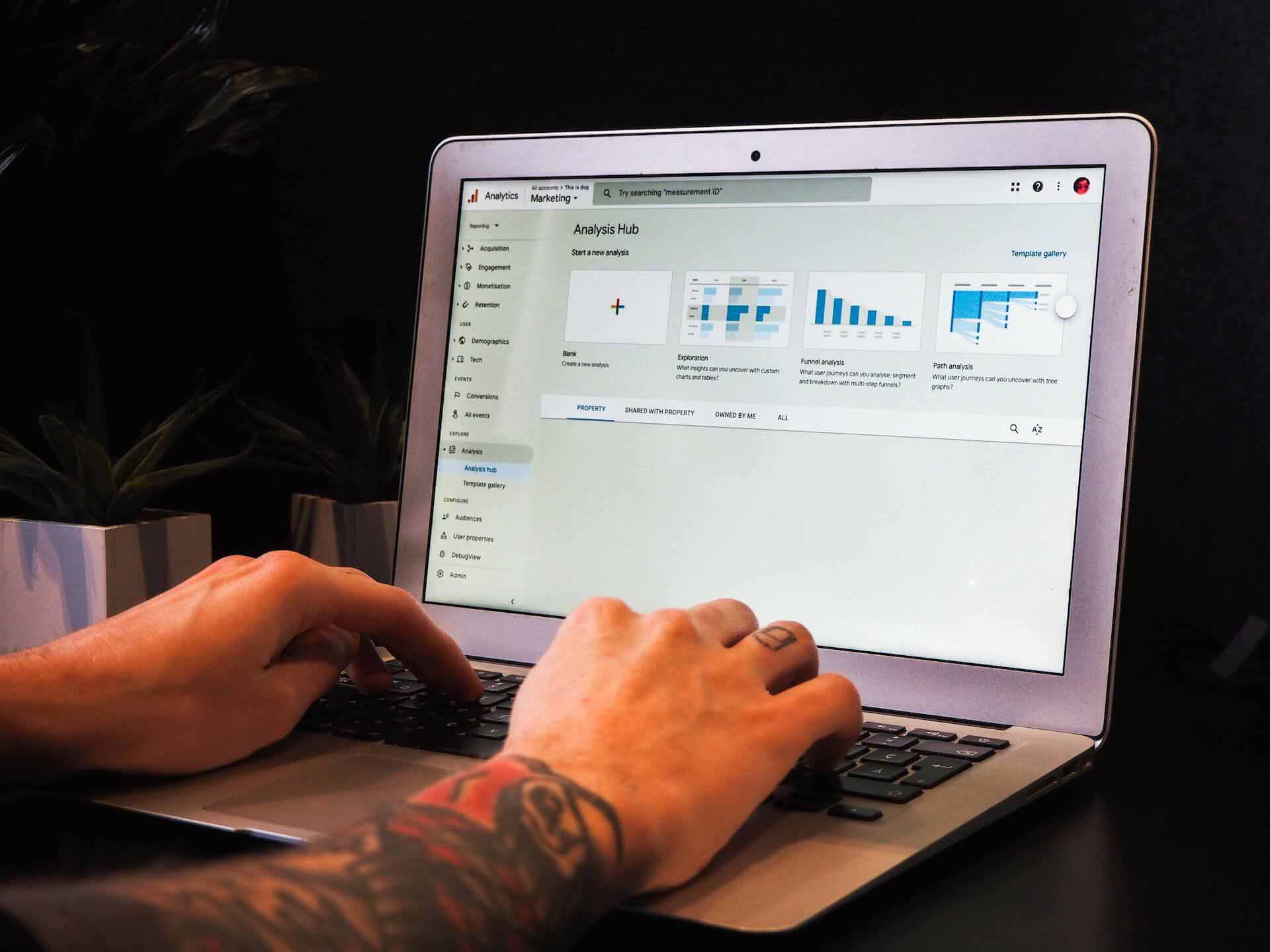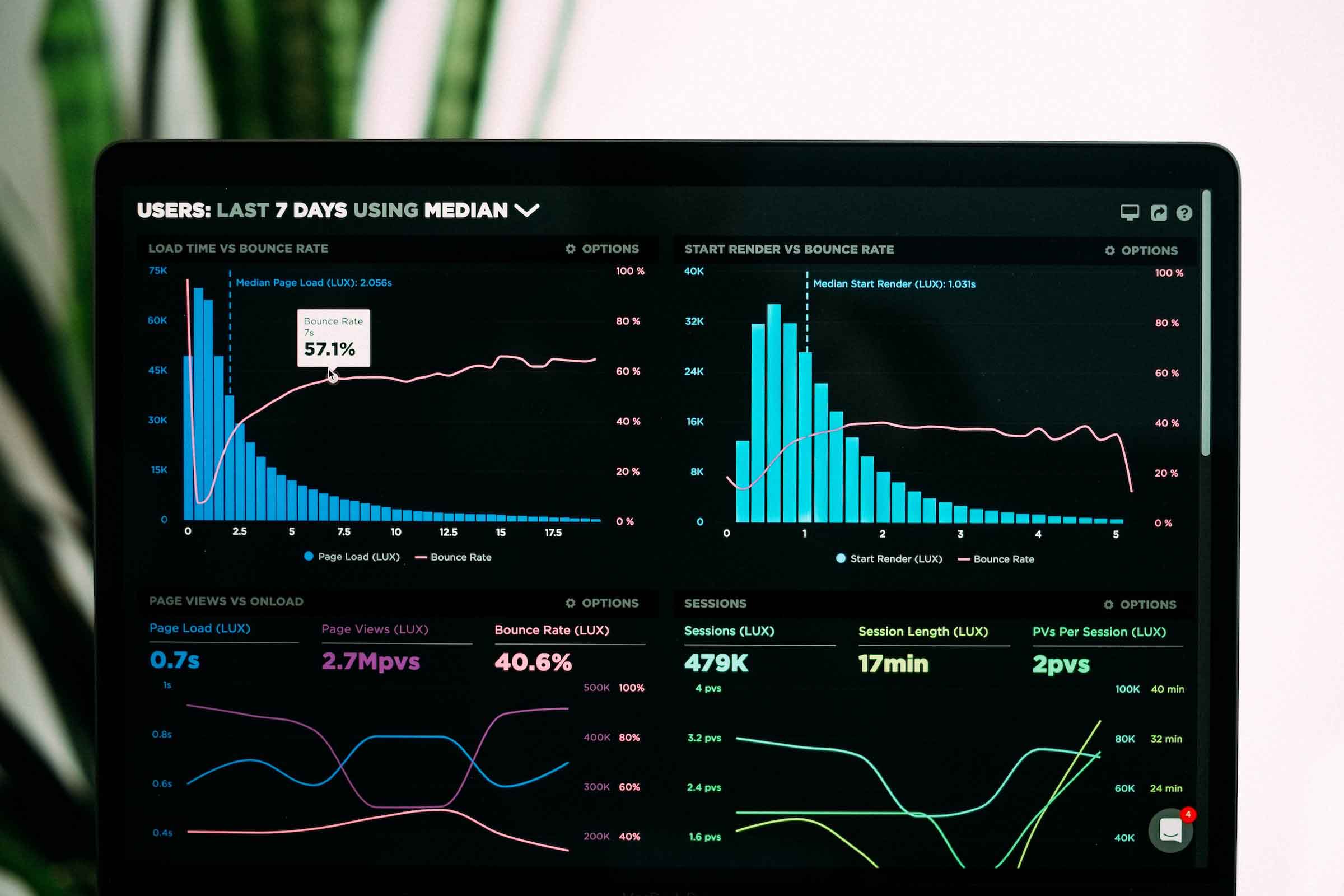Introduction
I recently had the pleasure of joining REO’s podcast to discuss the idea of adapting to change amidst Google Optimize’s discontinuation and the evolution of optimisation.
We covered some really interesting topics, from how the landscape of optimisation in the post-Google Optimize world might look, to how understanding your own requirements is key to get the most out of your CRO partnership.
But something that really stood out, was the idea of defensive optimisation and the practical strategies that businesses can adopt to position themselves effectively.
Defensive Optimisation – what is it
Defensive Optimisation is something which is really important. It is essentially protecting yourself from yourself! And preventing any wrong choices being made.
Utilising this concept ensures you are aware of that any changes which are made are going to have an impact. So, whilst it might be your opinion that this is a brilliant change, you don’t know if your users will agree with you. You could roll something out that could potentially lower your conversion rate, but you only realise that after the changes have been put live and you see a massive drop off.
Why is it important for businesses
Sarah, Optimisation Lead at REO, suggests on the podcast that businesses are getting better at having experimentation embedded into their processes.
Therefore, businesses need to be more in tune than ever about the impact their changes have on the performance of their site. Using things like full-stack server-side testing with any changes which have been made is a good way of implementing defensive optimisation and ensuring that you are testing everything before it is pushed out.
These changes could be as small as changing the colour of a CTA button, but anything could have a negative impact on the performance.
From the results, you can also begin to understand why, so it’s also an opportunity to have an insight into user behaviour. This is only going to help you in the long-run, as it allows you to get to know your audience better and pre-empt what changes are going to work, and which may not.
Having said that, regardless of how well you think you know your audience, it is still essential to test everything you do. As mentioned before – protecting yourself, from yourself.
Product teams are also responsible for testing as part of defensive optimisation. In some circumstances, your product team and testing team may run completely separately and without consulting each other about any changes.
Part of defensive optimisation is the testing team including the product team within the discussion, and in turn the product team taking on some of the testing. This ensures they understand the impact of what they are releasing, and then actually leveraging the data to outline which changes affect the bottom line and which ones don’t. And then prioritising these bits in the roadmap first.
Essentially, the cost of change is just too high. Embedding testing from the start means it is part of your process and less time is wasted on changes that won’t improve conversion. Good research and experimentation mean you let less bad things slip through the net.
Defensive Optimisation in action
As an example, when we previously ran a test for a company that sells train tickets, we saw one of the worst performing tests in our history. The company were implementing a complete redesign of the website which looked really good, was really colourful and eye-catching. So, in theory, could have been really effective.
However, it was really difficult to navigate. Especially as it is the sort of site that people are used to to being the same, so they typically follow the same steps to reach their end goal (which was buying a train ticket). If we hadn’t tested the new design and prevented it from being rolled out, the company would have underperformed by about £1,000,000 a quarter.
Defensive optimisation is a way to protect the people from just rolling out the changes they think they should be making. If someone wants to change their pricing, the proposition, their tone, then that’s fine and change can be a really good thing.
Even if you aren’t hoping for more money as a result, you just want to make sure it isn’t any worse. So defensive optimisation is really key to ensure you are protecting yourself from any changes you make.
Understanding your own requirements (and limitations)
Whilst it is easy to outline how you can improve your optimisation processes, something which is becoming more apparent is the importance of a Website Development Team.
Whilst it is key to test on actual audience members before it goes live, your QA team are key for checking the functionality and usability of your site. In particular, if you are looking to scale your business, then developers are usually a requirement. This is not just to build the changes, but also set up the metrics.
Having strong developers around you can really influence your success but selecting the right partner to work closely with you can allow you to replicate this process and then easily transfer some of that experience in-house as or when you are ready. This can make defensive optimisation an ingrained part of your process. Before changes are even rolled out as part of an A/B test, the rest of the team are assessing which changes are likely going to have an impact. Meaning you are getting a full picture of the way the changes are performing.
Want to learn more
Authored by
Sandeep Shah – Director of Product at Webtrends Optimize
Where to learn more about Webtrends Optimize: https://www.webtrends-optimize.com/about-us/
Telephone: (+44) 333 444 5502














